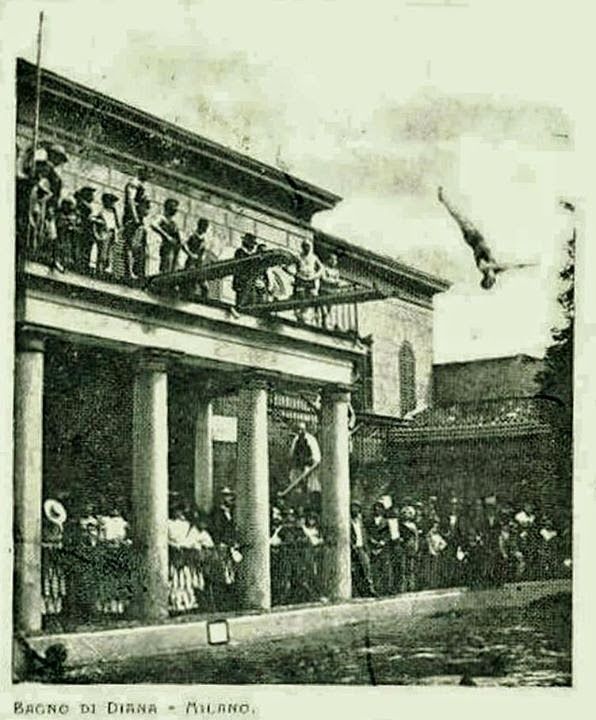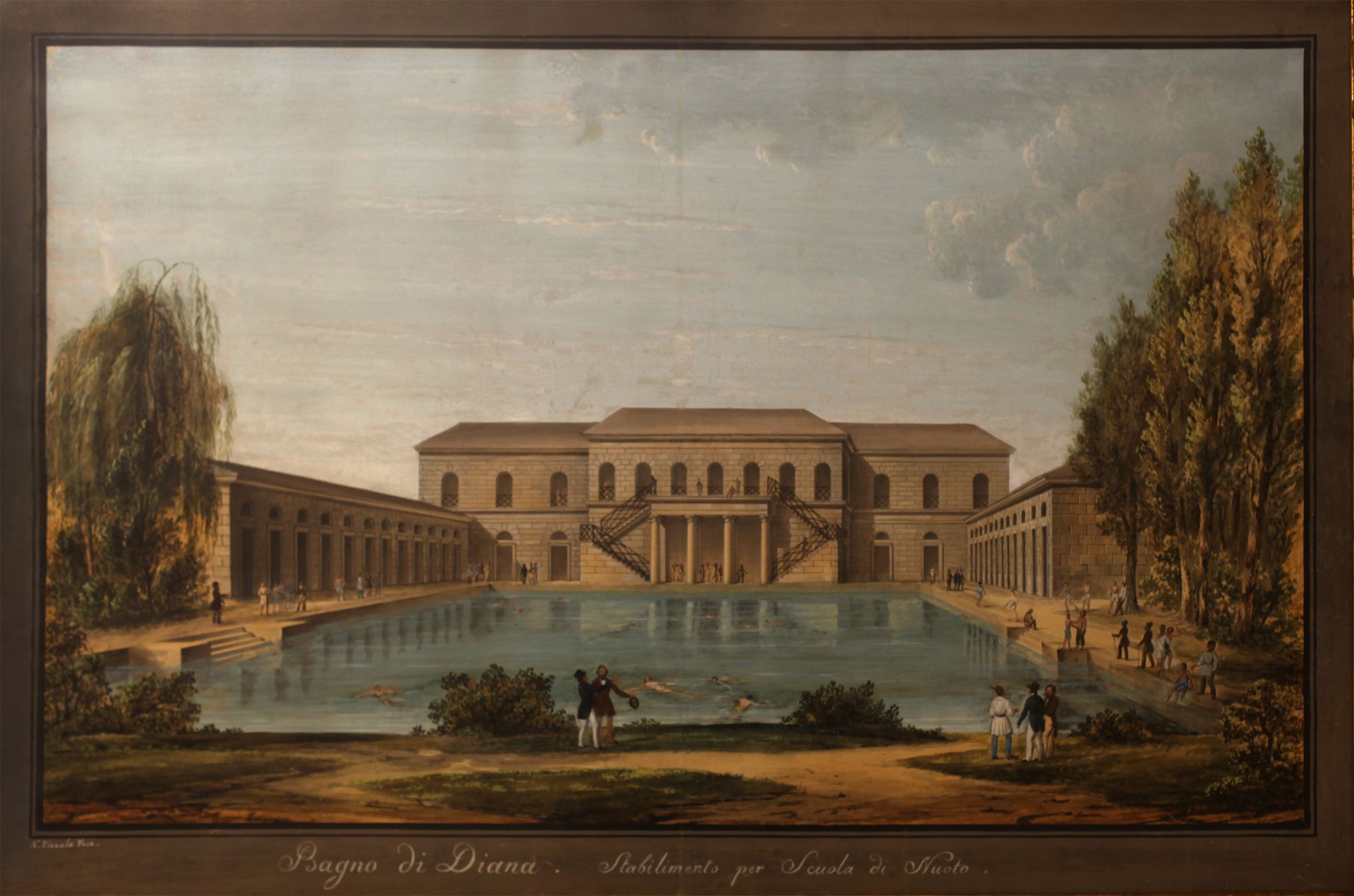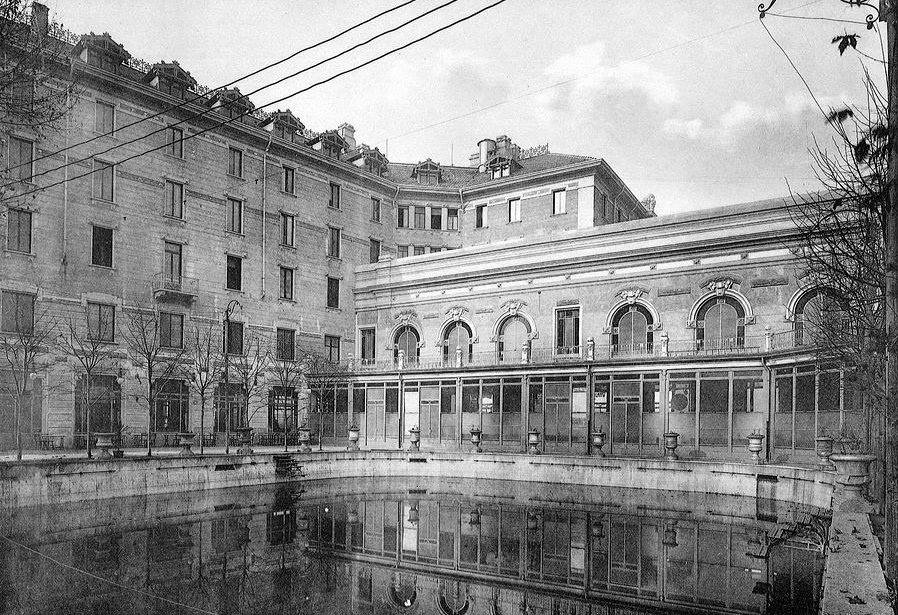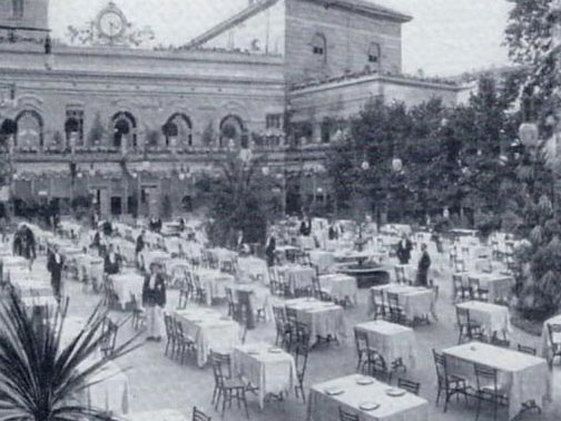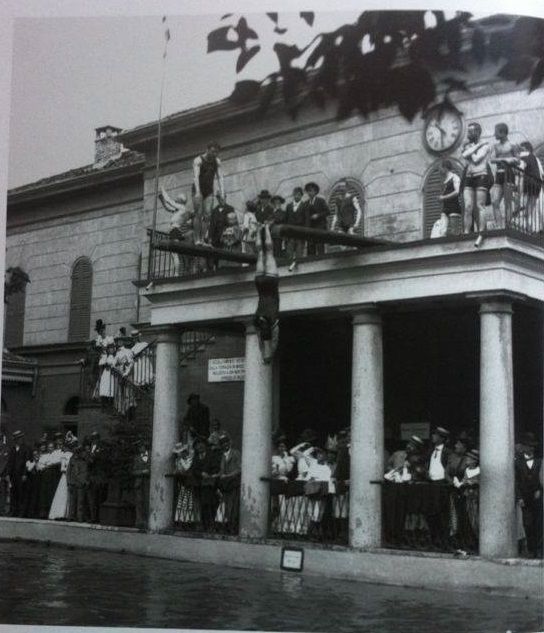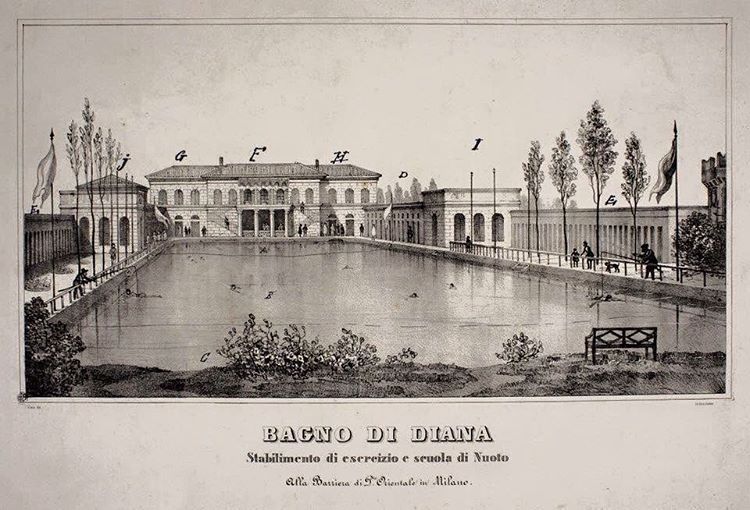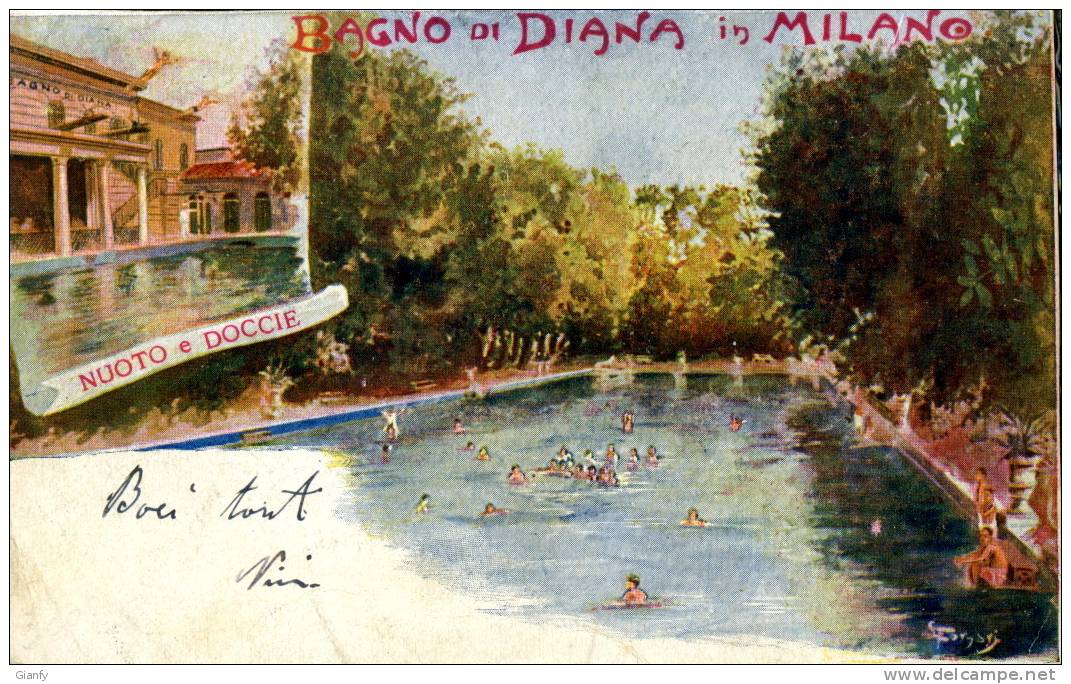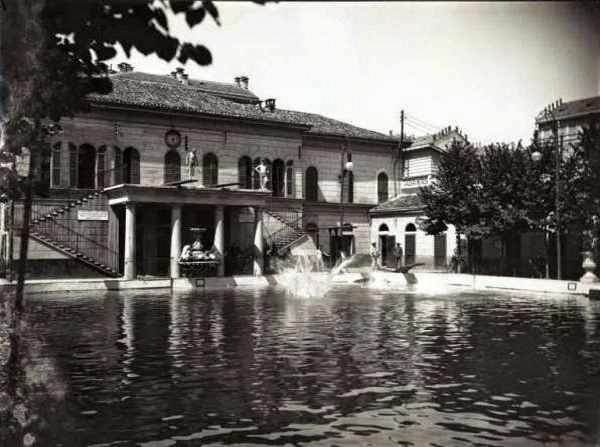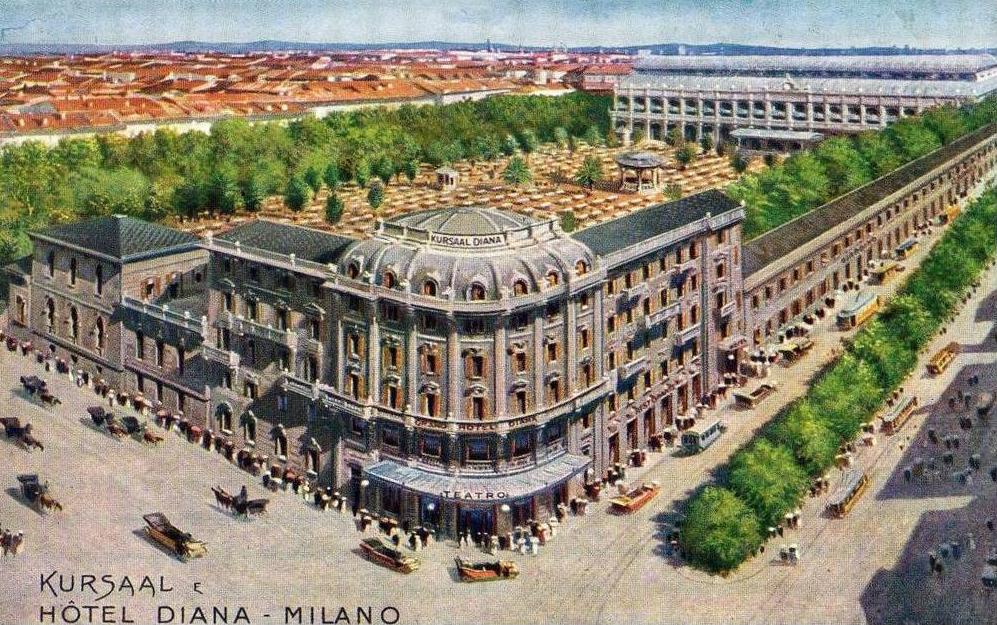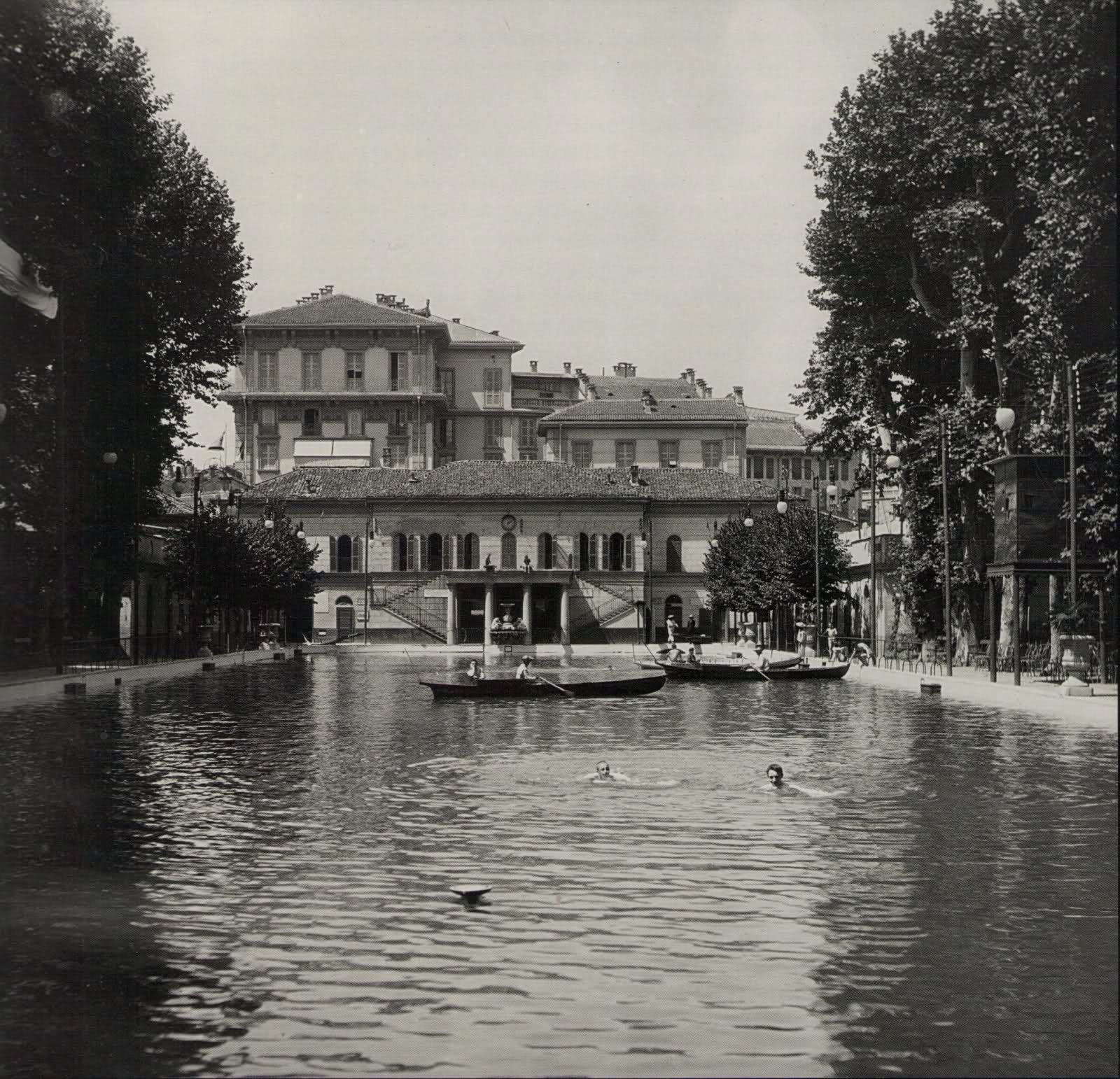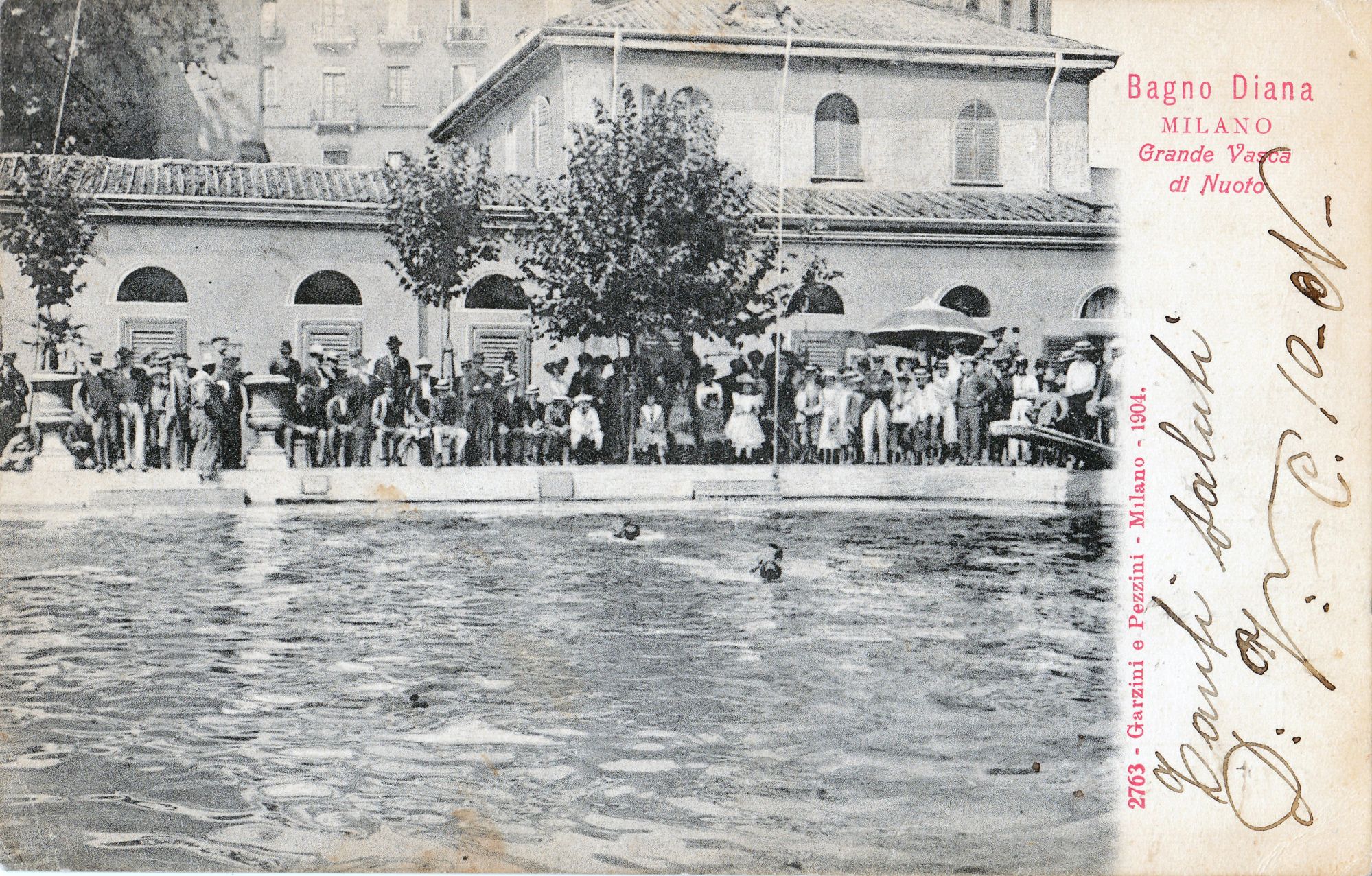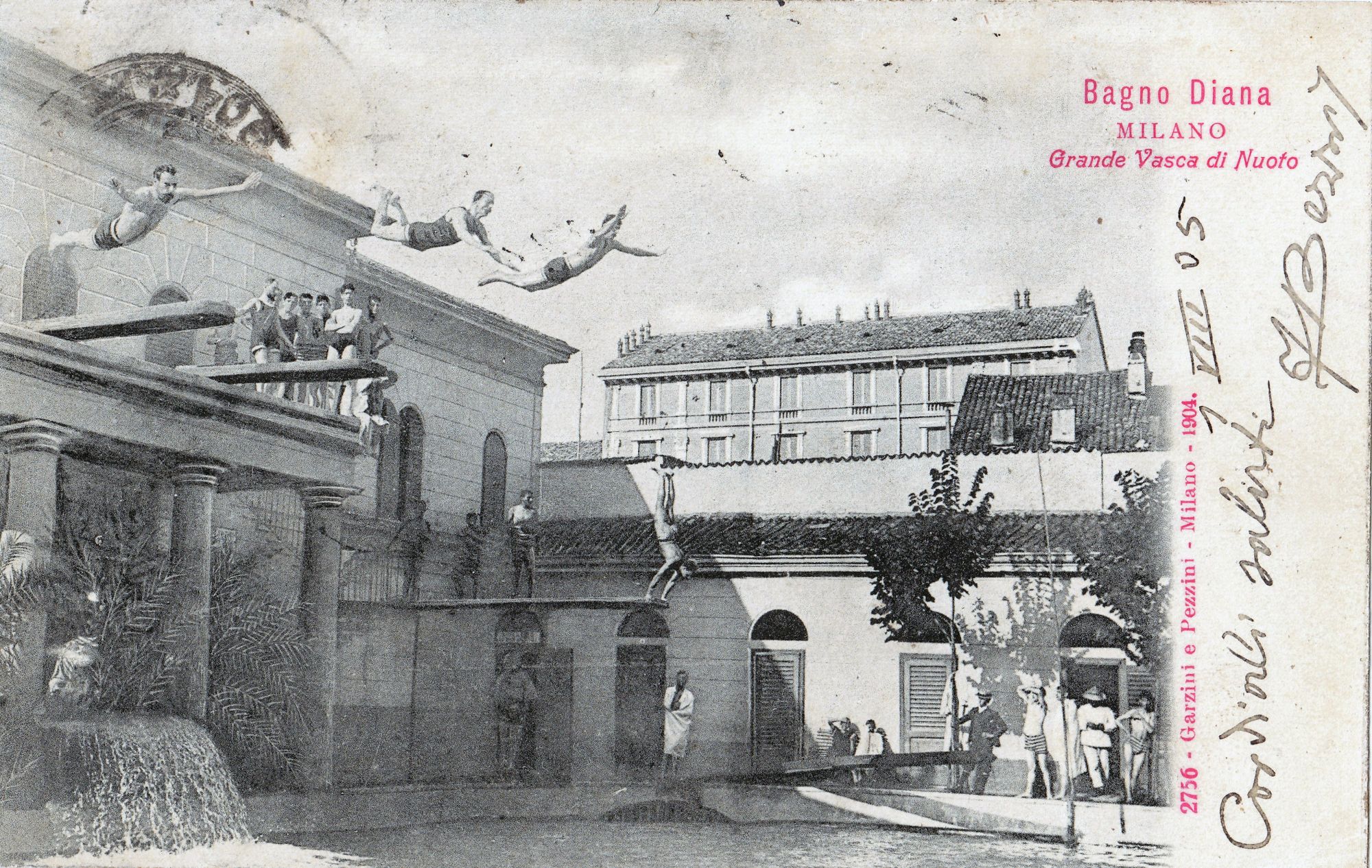
The Bagno di Diana, the first public swimming pool in the history of Milan Guess what now stands in its place
Milan is a city that changes its face from decade to decade, sometimes leaving traces of its past and others making it disappear completely. One of the best examples of these historical processes is the Bagno di Diana, the first luxury bathhouse to open in the city. Today Milan has a large number of swimming pools, both public and private, but there was a time when being able to swim without going to the sea or the lake was an inconceivable idea. Obviously Milan was a smart city already in the mid-800 and Giuseppe Nervo, who was at the head of a company of shareholders, and had the Bagni di Diana, the first swimming pool in Milan, built in Piazza Oberdan, and therefore in the middle of Porta Venezia, in 1842.
The place, born on paper as a swimming school, covered the area now bordered by Viale Piave, Via Nino Bixio, Giuseppe Sirtori and Paolo Mascagni. The pool was 100 meters long and 25 meters wide, although it was later reduced by a few meters, around it was developed a complex of buildings that included gyms, eighty-four dressing rooms, a restaurant, a 7-square-kilometer garden, a café and a ballroom. It was, in other words, an ante-litteram country club for the elite of the city that in fact a little less than a year after the opening, on May 30, 1843, a huge banquet was organized there to celebrate the start of work for the Porta Tosa station. The establishment soon became a fixed point of Milanese social life, so much so that even during the turbulent Five Days, in 1848, in the midst of popular insurrection, only there and the nearby Lazzaretto, which was always in Porta Venezia, was allowed to shoot at the target.
Two staff members remained etched in the public memory of the city, as Giulia Minenna recalls in her article on the disappeared pools of Milan: the first was the concierge Febo Franchi, who managed the Bathroom for over forty years without ever taking a bath himself; and a lifeguard named Bacioch who helped swimmers in need by stretching a long stick to them. At the end of the century the plant was so famous that even the Lumiére brothers asked their Italian operator, Giuseppe Filippi, to create a film that is still preserved in their archive today. Yet we must not idealize that world too much: in 1898, the writer Paolo Valera complained about how the pool water was changed only once a week, calling it "plumbeous" and "oily". Nevertheless, the problem of water did not distract the Milanese from attending the swimming pool, which since 1886 had also been open to women but with reserved times and spaces to avoid situations that at the time were perceived as regrettable. The respect of the etiquette at the pool was such that the chairs of the bar, in the main building, gave their backs to the pool because it was considered rude to watch the half-naked swimmers.
The building hosted in 1900 the first Italian Diving Championship, organized by the Nettuno company, one of the first sports associations to promote aquatic sports. Gradually, however, as drinking water arrived in the homes of the citizens and the local waters became polluted by the factories around the city, the pool was abandoned and emptied and became an ice rink. The water supply was in fact problematic: different solutions were tried, from the underground channels that brought water from the Martesana canal to the motor pumps, up to the mixed systems. In the meantime, however, the structure grew, becoming known as the Kursaal Hotel Diana – the current Hotel Diana Majestic in Porta Venezia, of which it still retains the original façade.










































